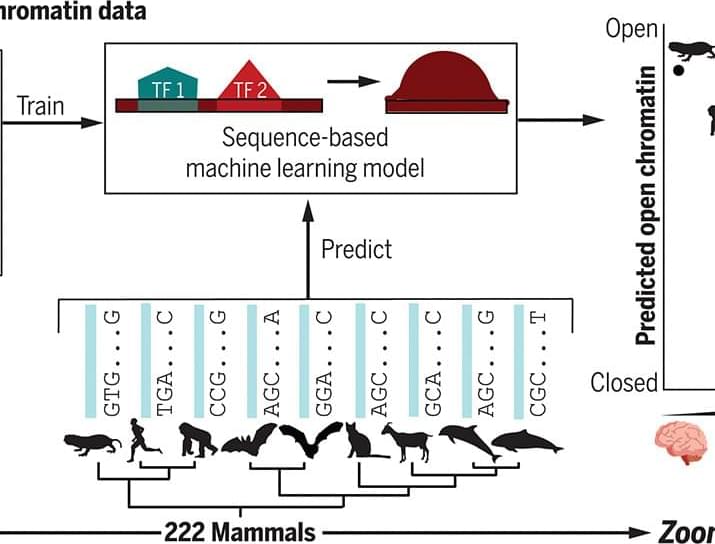Sourcing human tissue samples for biological investigations isn’t always easy. While they are ethically obtained through organ donation or from tissue that’s removed during surgical procedures, scientists are finding them increasingly difficult to get hold of.
And it’s not just because there’s a limited supply of human tissue samples. There’s also restricted availability of the specific size and type of tissue samples needed for the many projects taking place at any given time.
That’s why we decided to address the issue by building our own low-cost, easily accessible printer capable of creating human tissue samples using one of the world’s most popular toys.








